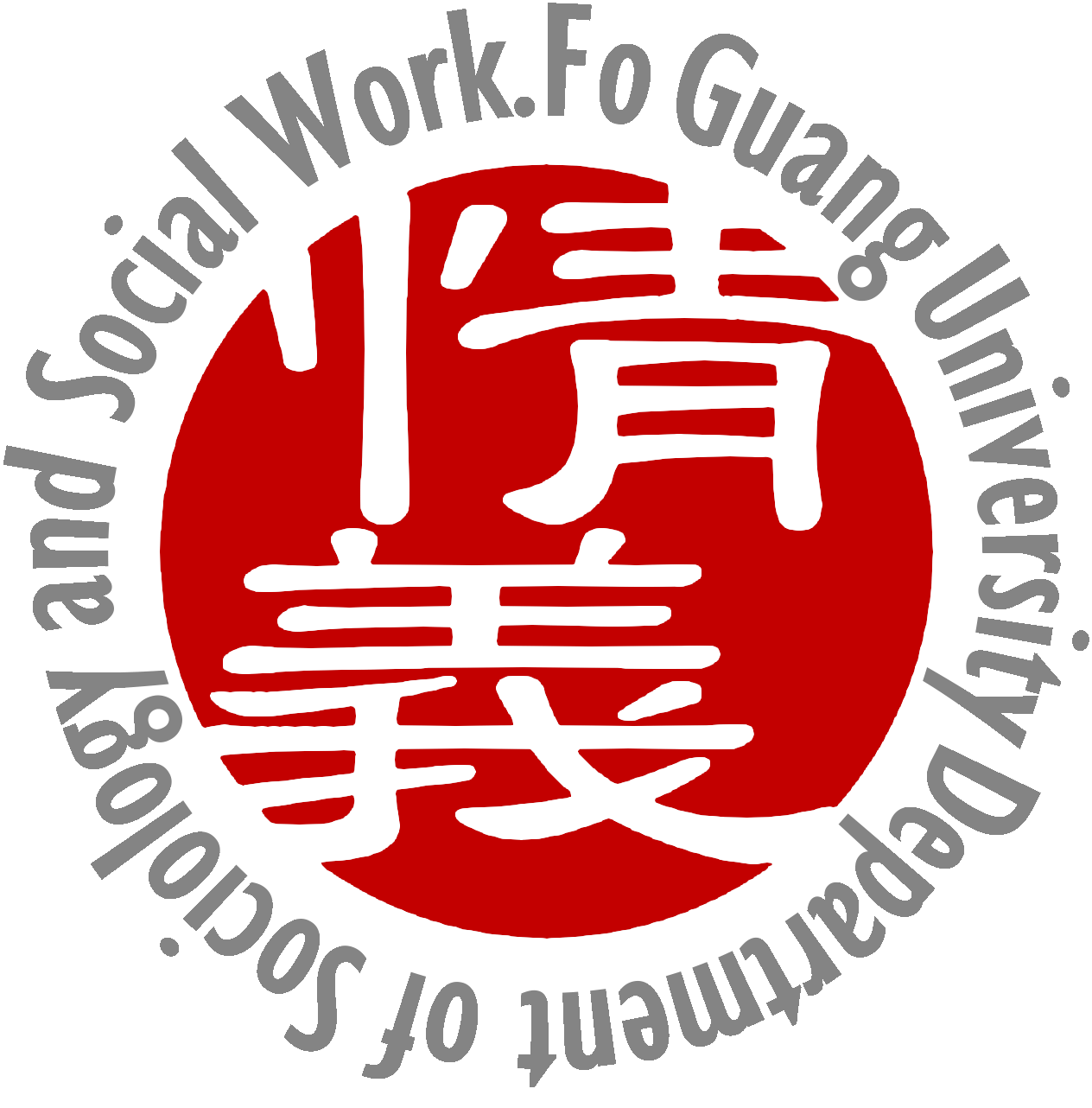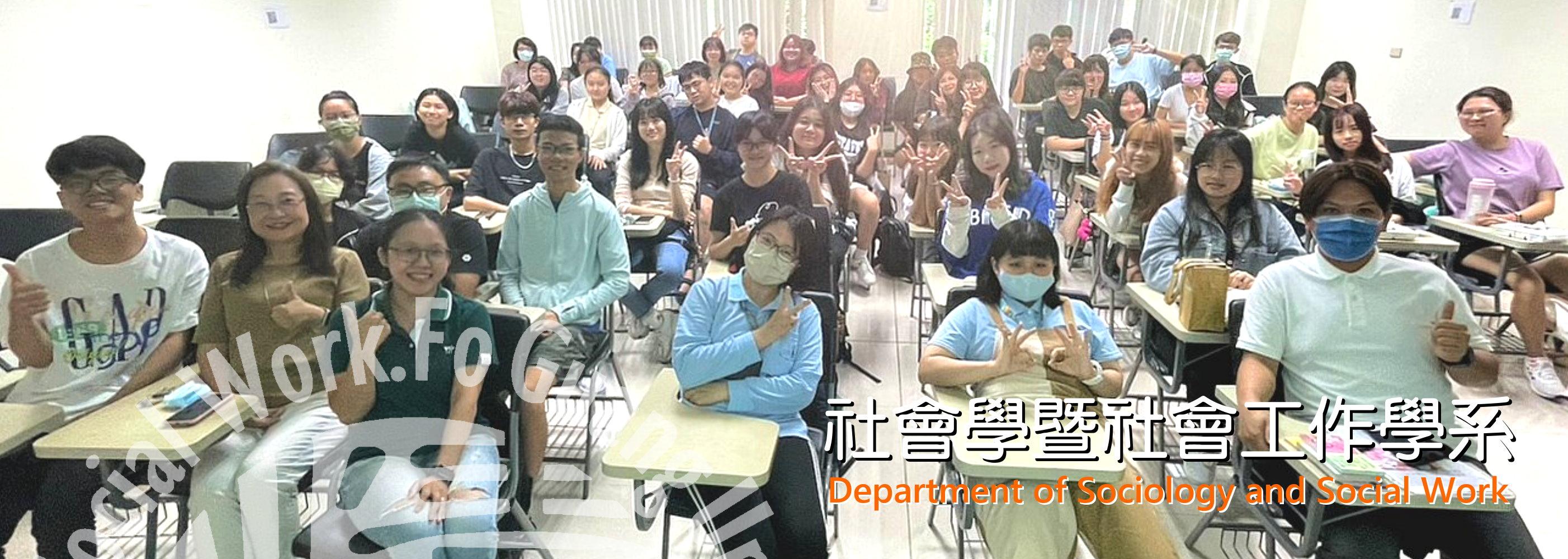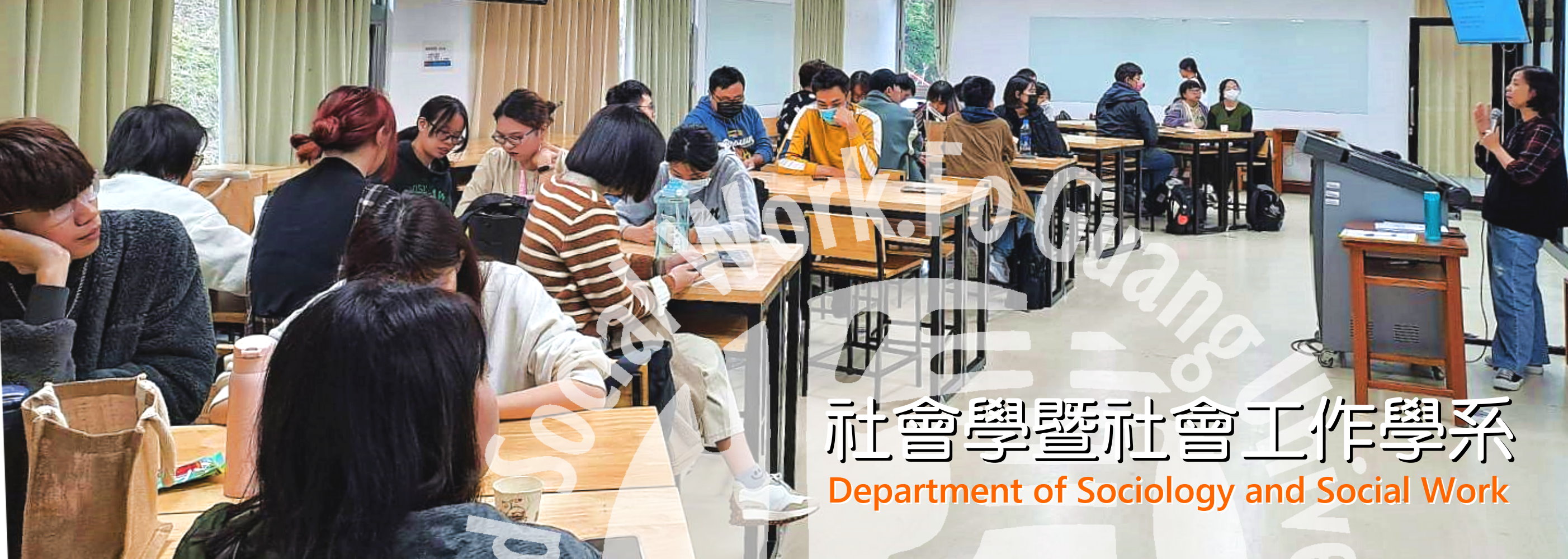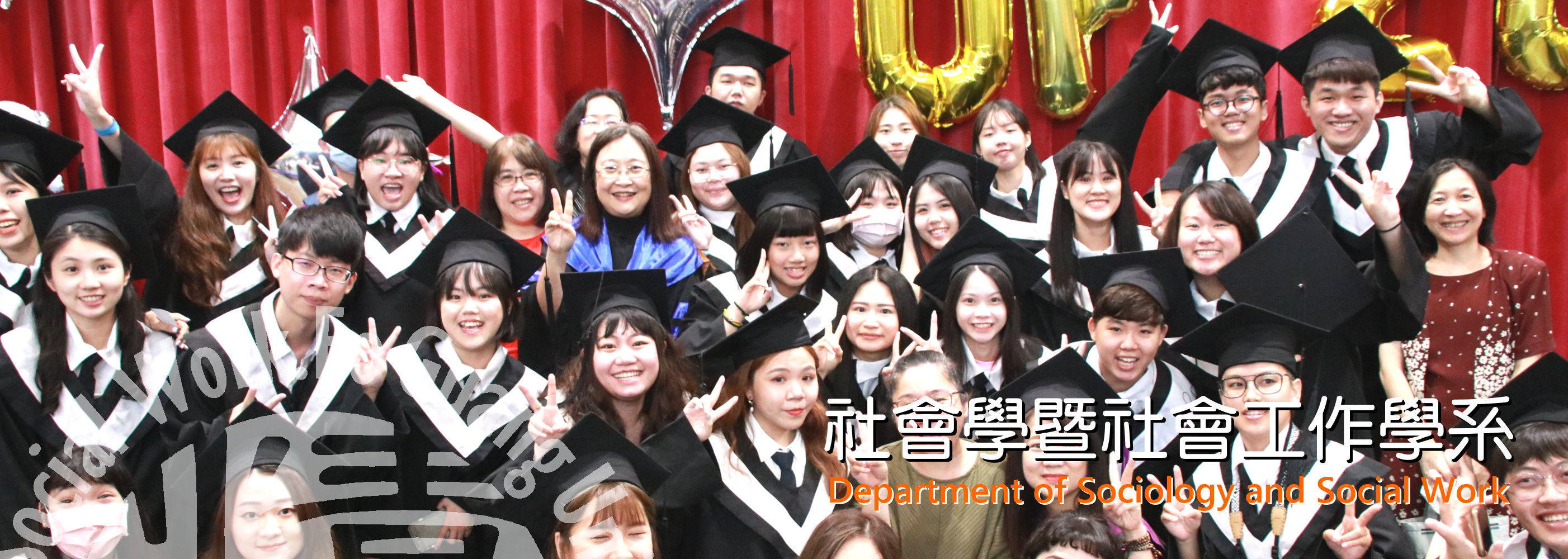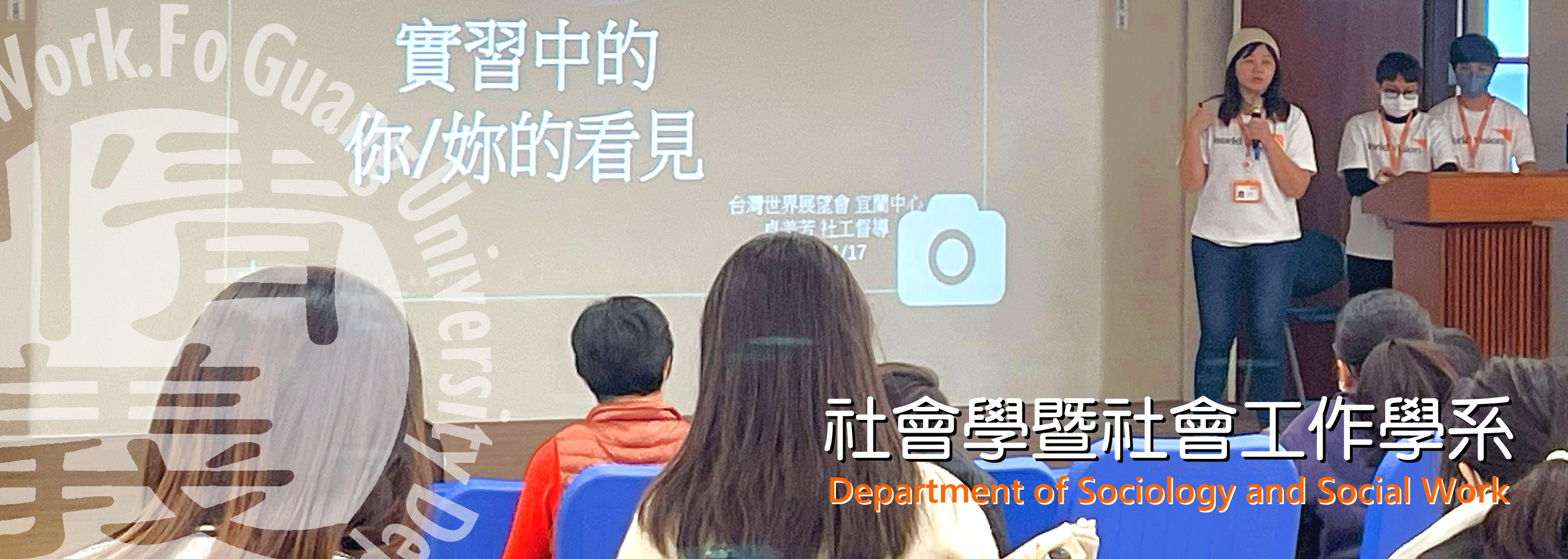View count:
9579
Course Brief & Curriculum Manual
● Introduction to the course
The main purpose of curriculum planning is to make learning effect more clear. In addition to strengthening the core knowledge in this field, under the requirement of maintaining at least 128 credits for graduation credits, it can include more than 20 flexible credits (equivalent to one course), so that students can freely use them according to their individual interests or combined with career planning, and it also increases the space for cross-disciplinary learning.
● Professional clarity, and in line with the needs of the industry
In addition to the continuous division of labor in all walks of life brought about by economic growth, the theoretical knowledge of various departments is also growing and differentiating into many new sub-fields. Once these sub-fields are mature, they will be independent from the traditional departments. In the era of rapid growth of knowledge, the curriculum design of traditional departments is more numerous and complicated, and the establishment of courses is thus solving this problem.
● Foundation laying to make development goals more definite
The curriculum-based learning system orientates the department according to the basic learning field and combines with the market fluctuation, designs relevant specialized courses to form modules, and each department combines different modules to form courses.
● Streamlining the Course and Effectively Promoting the Course Training
Under the curriculum system, the traditional departments of science have a large number of courses and new disciplines rearranged. In order to achieve systematic and solid subject knowledge education, the departments, after removing the inappropriate courses, divide the basic disciplines into different stages of courses, such as basic courses, core courses, professional courses, etc., with distinct levels, in order to meet individual needs.
● Integration of resources and establishment of professional diversion mechanism
Because each course is complete and independent, it not only benefits the systematization of teaching and the specialization of students, but also reduces the burden of curriculum. Through such curriculum design, we can not only integrate teaching resources, make the curriculum more specialized, but also adapt to the development of social division of labor in the new century, and enhance the competitiveness of students to enter the job market.
● Freedom and pluralism to guide self-learning motivation
When the course system reduces the number of compulsory credits, the number of credits that students can choose freely increases. This will be enough for students to choose a second major course. With the help of a wide field of vision curriculum, students can easily integrate and refine their second or sub-professional knowledge on their professional knowledge to increase their competitiveness. The advantages of the process system in the face of a high and continuous division of labor in the new century society are far beyond the reach of the curriculum design of traditional departments. Specifically, flexibility, flexibility and cross-disciplinary integration are the most distinctive features of the learning process system, which is different from the old credit system. The diversified combination of courses can also guide students to think about what they want to learn actively and provide students with a truly free and self-responsible learning environment.
● Bachelor's Course Manual (link to the web page of the Academic Affairs Department)
● Professional clarity, and in line with the needs of the industry
In addition to the continuous division of labor in all walks of life brought about by economic growth, the theoretical knowledge of various departments is also growing and differentiating into many new sub-fields. Once these sub-fields are mature, they will be independent from the traditional departments. In the era of rapid growth of knowledge, the curriculum design of traditional departments is more numerous and complicated, and the establishment of courses is thus solving this problem.
● Foundation laying to make development goals more definite
The curriculum-based learning system orientates the department according to the basic learning field and combines with the market fluctuation, designs relevant specialized courses to form modules, and each department combines different modules to form courses.
● Streamlining the Course and Effectively Promoting the Course Training
Under the curriculum system, the traditional departments of science have a large number of courses and new disciplines rearranged. In order to achieve systematic and solid subject knowledge education, the departments, after removing the inappropriate courses, divide the basic disciplines into different stages of courses, such as basic courses, core courses, professional courses, etc., with distinct levels, in order to meet individual needs.
● Integration of resources and establishment of professional diversion mechanism
Because each course is complete and independent, it not only benefits the systematization of teaching and the specialization of students, but also reduces the burden of curriculum. Through such curriculum design, we can not only integrate teaching resources, make the curriculum more specialized, but also adapt to the development of social division of labor in the new century, and enhance the competitiveness of students to enter the job market.
● Freedom and pluralism to guide self-learning motivation
When the course system reduces the number of compulsory credits, the number of credits that students can choose freely increases. This will be enough for students to choose a second major course. With the help of a wide field of vision curriculum, students can easily integrate and refine their second or sub-professional knowledge on their professional knowledge to increase their competitiveness. The advantages of the process system in the face of a high and continuous division of labor in the new century society are far beyond the reach of the curriculum design of traditional departments. Specifically, flexibility, flexibility and cross-disciplinary integration are the most distinctive features of the learning process system, which is different from the old credit system. The diversified combination of courses can also guide students to think about what they want to learn actively and provide students with a truly free and self-responsible learning environment.
● Bachelor's Course Manual (link to the web page of the Academic Affairs Department)

